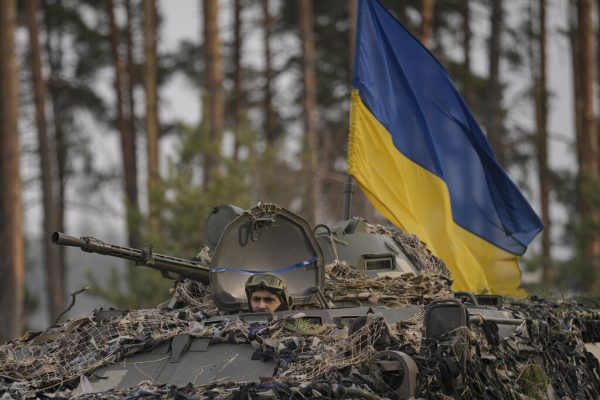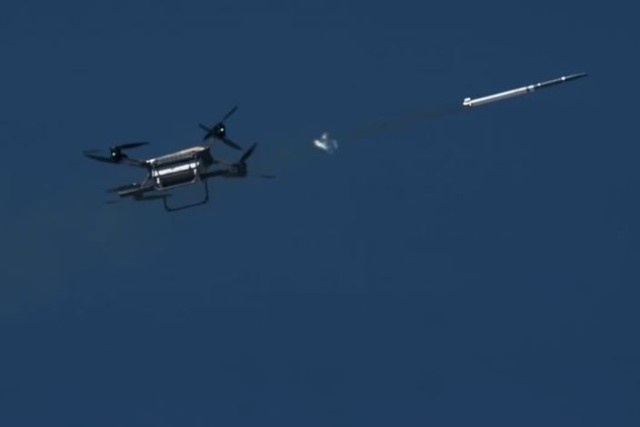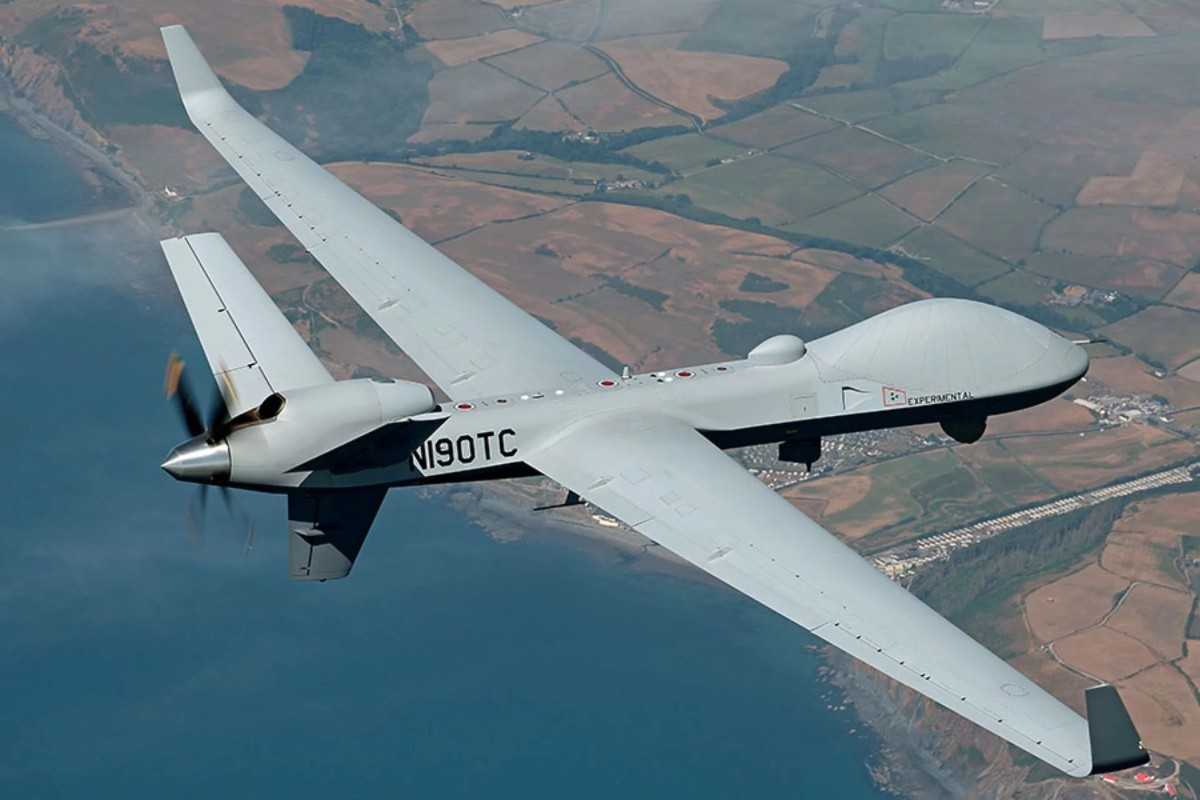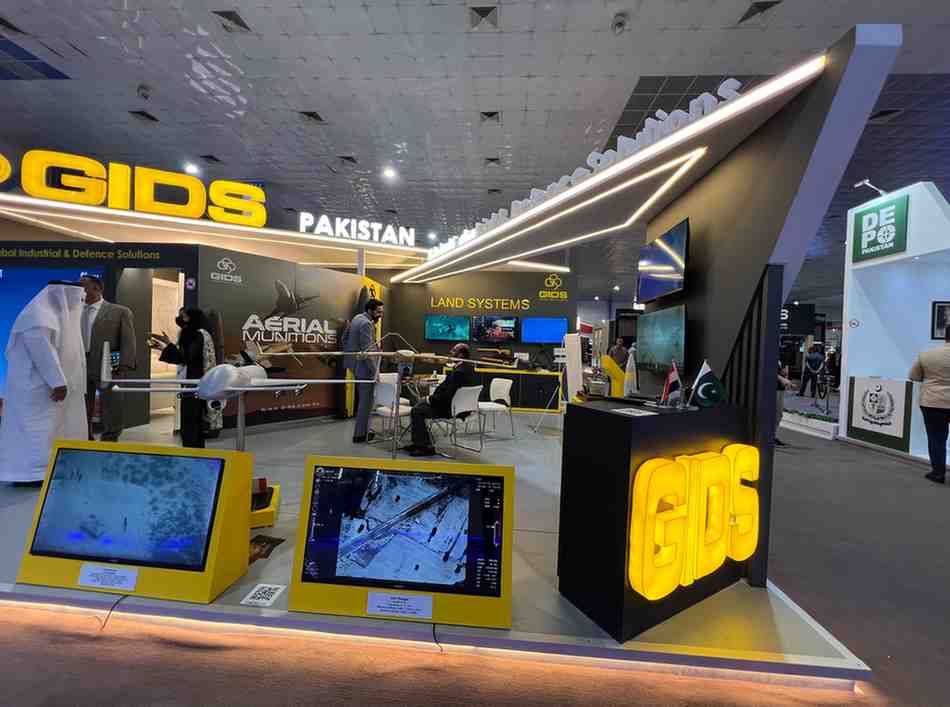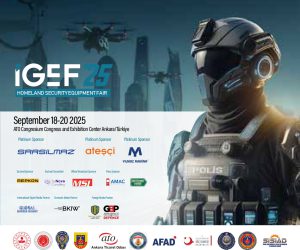Once united, now antagonists- Russia and Ukraine are witnessing another episode of escalation in their protracted conflict, but this time the episode is a full-scale armed conflict and longer than the previous escalations. The history of the conflict goes back to World War II, when two military alliances emerged. One on the western side, named NATO, and the other on the eastern side, named the WARSAW pact. It was considered a red line between the two ideologies: communism supported by the USSR and Capitalism supported by the USA. In 1990, after Germany’s reunification, NATO countries wanted to include a unified Germany in the NATO alliance. The NATO members and the Western German chancellor provided assurances to the Soviet Union that after adding Germany to NATO, no other Eastern European country would be added to NATO. The NATO member countries assured Russia of not to move an inch towards the east.
After the Soviet Union’s disintegration in 1991, the states on the eastern side started to get independence. Gradually, these states started to make alliances with the West and join NATO. By 1999, Hungary, Poland, and the Czech Republic joined NATO. In 2004, Bulgaria, Estonia, Latvia, Lithuania, Romania, Slovakia, and Slovenia formally joined NATO. Russia considered an opposing ideology near its border as a threat to its ideology and this also raised geopolitical concerns for Russia. NATO expansionism has crossed that red line, which was set in 1990. In order to counter the threat, Russia attacked Georgia in 2008 and annexed Crimea in 2014.
Ukraine has long desired to join NATO, but due to Russian pressure, it has been unable to do so, despite domestic pressure in favor of membership. In 2019, Volodymyr Zelensky a pro-NATO became head of the state of Ukraine. The security threat to Russia due to the Ukrainian tilt towards NATO membership become evident. Since 2021, Russia started to escalate its military presence near the borders of Ukraine. Three days before the attack on Ukraine, Russia recognized the Donbas region as an independent part of Ukraine. Putin in a televised address said that he has approved a special military operation. On February 24, 2022, Russia started an offensive attack against Ukraine. In Europe after 1945, the Russian invasion of Ukraine was the biggest conflict. The conflict in Ukraine has gone through three phases. In the first phase, Vladimir Putin launched an attack on Ukraine. Russia’s target was the capital, Kiyv, and to replace its government. It also attacked Kherson, the nuclear plant of Zaporizhzhia, and Yavoriv in the west. In response, the West imposed trade and financial sanctions on Russia. The European Union has frozen Russian central bank deposits and banned Russian banks from SWIFT.
In the second phase, Ukraine gained advanced missile systems from the USA and UK because of which it gained back its settlements in the North and South by conducting counteroffensive attacks. As Russia shifted its focus to the eastern provinces of Luhansk and Donetsk. During this phase, Sweden and Finland announced that they will seek NATO membership. The legal process of adding them to NATO is still going on. The EU banned imports of coal, seafood, cement, and fertilizers to deprive Russia of finances. In this phase, Russia attacked Mariupol. In the third phase, Ukraine used missiles to devastate Russian ammunition, command posts, and bases. Russia expands its goals by conducting missile attacks on Zaporizhia and Kherson.
In the Russia-Ukraine conflict, the role of weapons holds paramount importance. In terms of weapons, Russia had an upper hand over Ukraine. In 2021, Russia spent $45.8 billion on its military, while Ukraine only spends $4.7 billion. At the start of the conflict, Russia had 900,000 active personnel in the armed forces and 2 million in reserve, while Ukraine had 196,000 active personnel and 900,000 in reserve. Russia had more than 15,857 armored vehicles and Ukraine had only 3,309. Russia had 40 submarines and Ukraine had none. The Russians possess modern weapons as compared to the Ukrainians. This provided Russia supremacy in attacking and defending itself as compared to Ukraine.
Ukraine sought help from its Western allies in order to launch a defensive attack against Russia. Since the invasion, the USA has provided $16 billion in aid and the EU has provided 2.5 billion Euros in aid. In order to counter the Russian Caliber cruise missile. Ukraine got the Javelin missile from the USA and Estonia. Ukraine was provided with the Stinger air defense system from Lithuania to counter Russian Su-57 fighter jets and Mil Mi-8 helicopters. The UK, Germany, Norway, and Sweden provided NLAW anti-tank systems to combat the T-72 battle tanks of Russia. The USA claims that Iran has provided its drones, named Kamikaze and Shahid-136, to Russia. Ukraine also got the drone Bayraktar TB-2 from Turkey. Using these advanced weapons, Ukraine became successful in pushing back Russia from Kharkiv, Donetsk, and Kherson. On the other hand, western allies are also providing non-military aid such as homes for refugees and food.
In the modern world, warfare has also changed its dimensions. Wars are fought on both conventional and non-conventional fronts. In the case of the Russia-Ukraine conflict, both countries are using modern technologies to defeat each other. The production of modern weapons has also increased, which has led to protracted wars. Russia has attacked Ukrainian cities, malls, hospitals, and nuclear power plants. Similarly, on the non-conventional front, On February 25, Russia with the help of a Belarusian state-sponsored hacking group conducted a phishing attack against Ukraine’s military personnel email accounts to get information regarding European aid to Ukrainian refugees.
Wars cannot be restricted to one domain; rather, they proliferate in other dimensions such as non-military. Its implications are widespread for the international security and economy of the world. One may win the war but, also face much damage in this journey. If Ukraine’s infrastructure is devastated by war, Russia is also facing world sanctions and the freezing of assets, which will badly impact its economy. When Russia launched an attack on Ukraine, it was predicted that it would control the Ukrainian capital in only two weeks, which proved to be a miscalculation. The war started in February and is still going on. This miscalculation seems to be similar to the USA’s calculation in Afghanistan that they will return by winter but, that lasted for two decades. It is yet to be witnessed where this war leads, what is going to be the future of NATO, EU, and Russia, not to forget the sovereignty of Ukraine. Nonetheless, the war depicts the role of weaponry in giving an edge to one party over the other.
Author: Samreen Raza is a student of International Relations at the National Defence University, Islamabad.
The views in the article are the author’s own and do not necessarily reflect the editorial policy of Global Defense Insight
- Global Defense Insighthttps://defensetalks.com/author/umair/
- Global Defense Insighthttps://defensetalks.com/author/umair/
- Global Defense Insighthttps://defensetalks.com/author/umair/
- Global Defense Insighthttps://defensetalks.com/author/umair/


